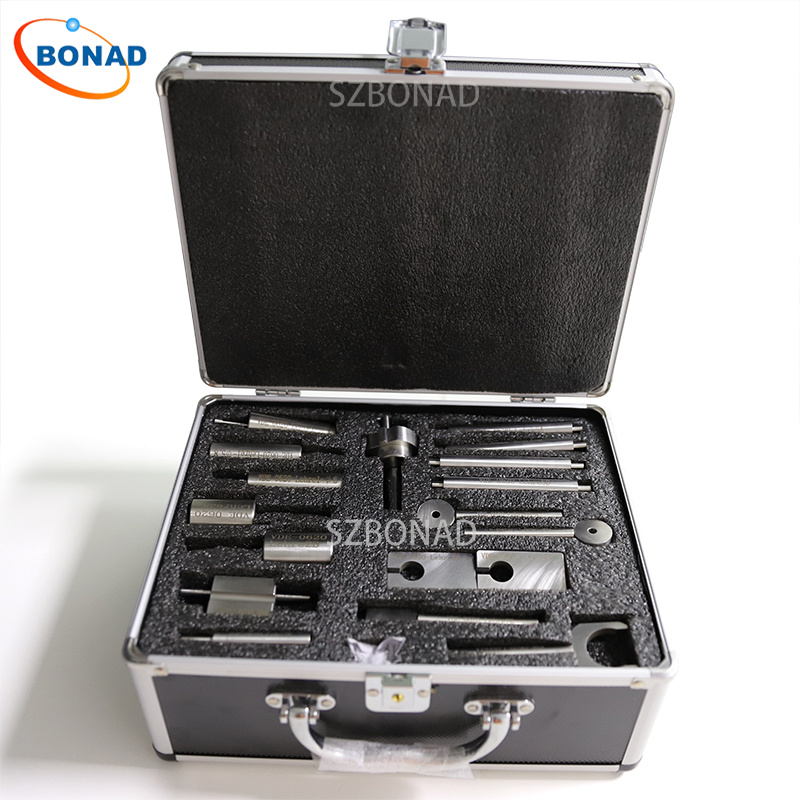Introduction
The International Electrotechnical Commission (IEC) standard 62281, titled “Safety of primary and secondary lithium cells and batteries during transport,” outlines critical safety measures for the transportation of lithium cells and batteries. Widely utilized in consumer electronics, electric vehicles, and energy storage systems, lithium-based batteries possess high energy density and reactivity, which can pose significant risks during transit. Adhering to IEC 62281 is vital for the safe handling and transportation of these batteries, aiming to prevent potential incidents.
Scope of IEC 62281
IEC 62281 provides comprehensive guidelines for the safe transport of both primary (non-rechargeable) and secondary (rechargeable) lithium cells and batteries across all transportation modes—air, sea, road, and rail. The standard encompasses packaging, labeling, marking, and documentation requirements to ensure safety during transit. It also includes testing procedures, classification criteria, and training provisions to mitigate risks such as thermal runaway and short circuits.
Key Requirements of IEC 62281
The core requirements of IEC 62281 focus on several key aspects to ensure the safe transport of lithium cells and batteries:
- Packaging: The standard specifies that lithium cells and batteries must be packaged to prevent mechanical damage, short circuits, and thermal runaway. Proper packaging design and materials are crucial for containing potential hazards and preventing fires or explosions during transit.
- Labeling and Marking: IEC 62281 mandates clear labeling and marking on packages containing lithium cells and batteries. These labels provide essential information to handlers, emergency responders, and transportation personnel about the type, quantity, and handling instructions for safe transport.
- Documentation: Proper documentation is required under IEC 62281, including shipping papers, safety data sheets, and emergency response information. Accurate documentation ensures regulatory compliance, aids in emergency planning, and facilitates efficient incident handling during transportation.
- Testing: The standard includes testing procedures to evaluate the safety of lithium cells and batteries under various conditions such as impact, vibration, temperature fluctuations, and altitude changes. These tests help identify potential safety issues that need addressing.
Benefits of Compliance with IEC 62281
Adhering to IEC 62281 offers numerous advantages for stakeholders involved in transporting lithium cells and batteries:
- Safety Assurance: Following IEC 62281 ensures safe handling, packaging, and transportation of lithium batteries, thereby reducing the risk of incidents or accidents.
- Regulatory Compliance: Compliance helps manufacturers, shippers, and carriers meet international regulatory requirements for transporting lithium batteries.
- Risk Reduction: By adhering to IEC 62281 guidelines, stakeholders can minimize risks associated with transporting lithium batteries—such as thermal runaway or fire—thus protecting personnel, assets, and the environment.
- Reputation Enhancement: Demonstrating compliance with safety standards like IEC 62281 boosts an organization’s reputation for reliability in transporting lithium cells and batteries.
Conclusion
IEC 62281 is instrumental in ensuring the safe transport of primary and secondary lithium cells and batteries by setting forth essential safety requirements for all supply chain stakeholders. Compliance with this standard is crucial for mitigating safety risks, ensuring regulatory adherence, protecting personnel and assets during transit. By following IEC 62281 guidelines, organizations can maintain high safety standards while enhancing operational efficiency in managing lithium-based energy storage solutions globally.


